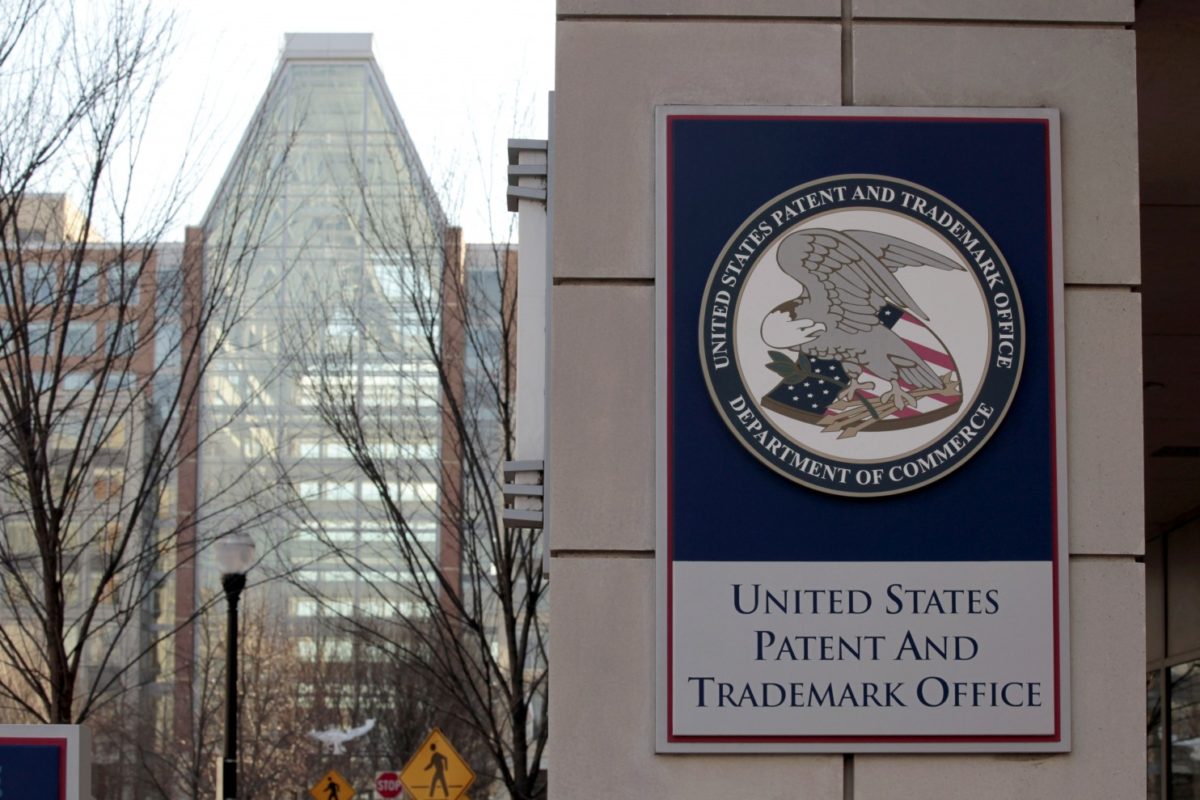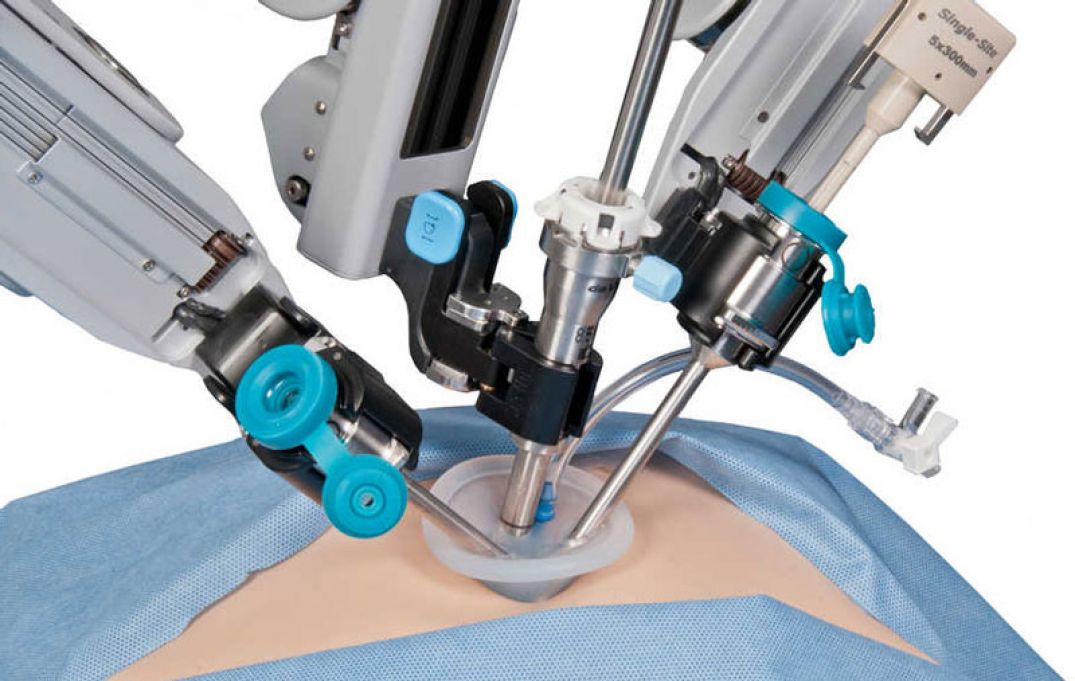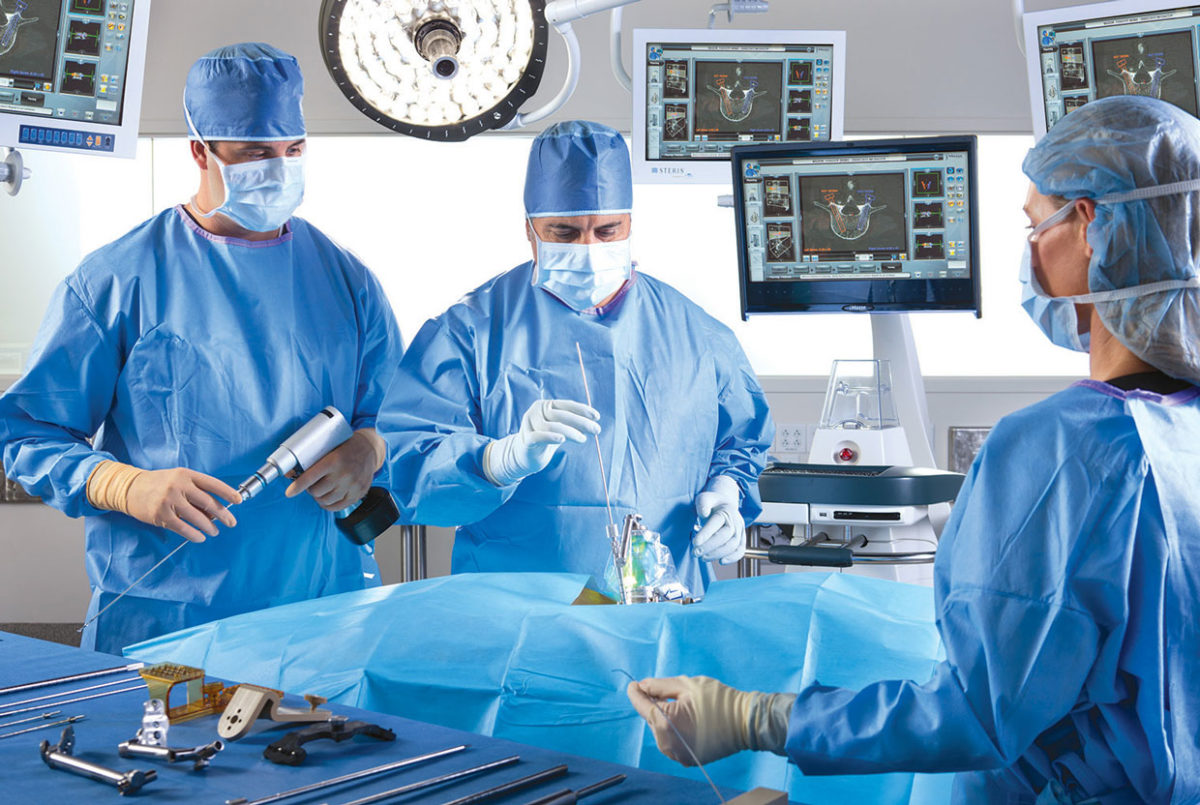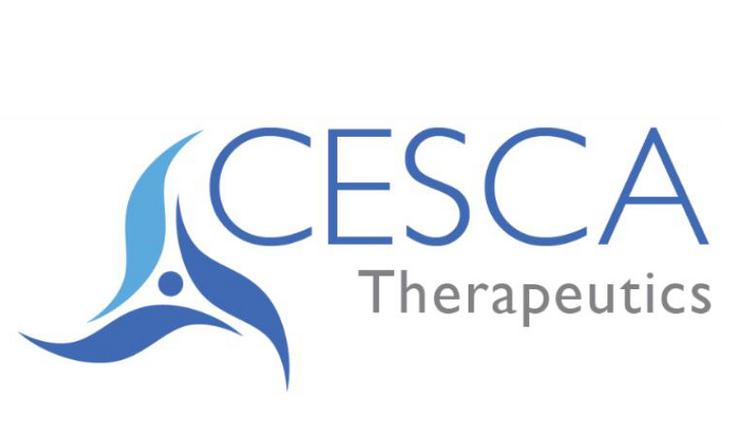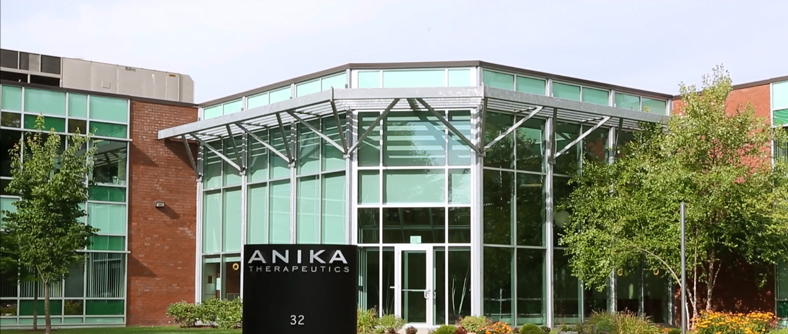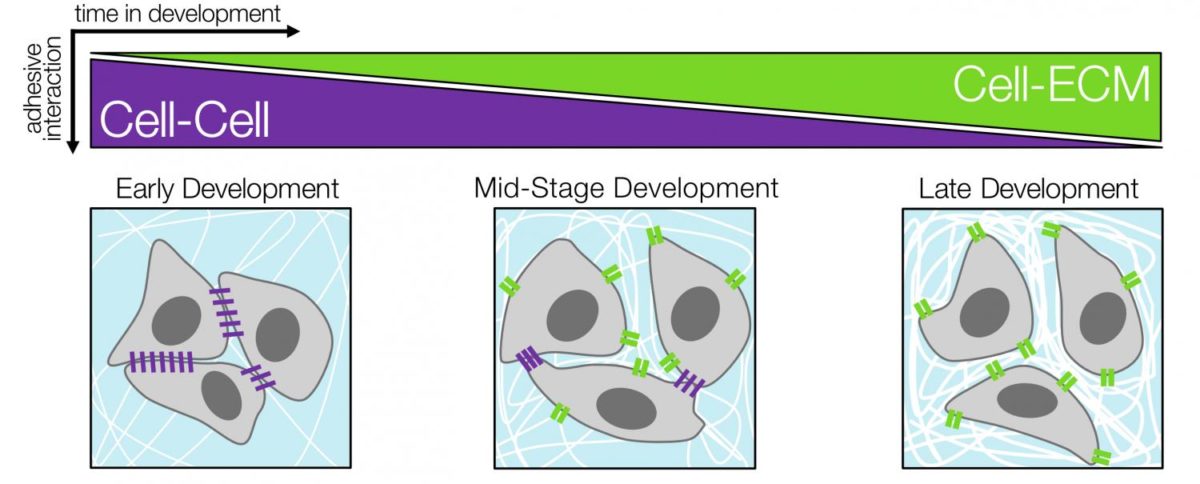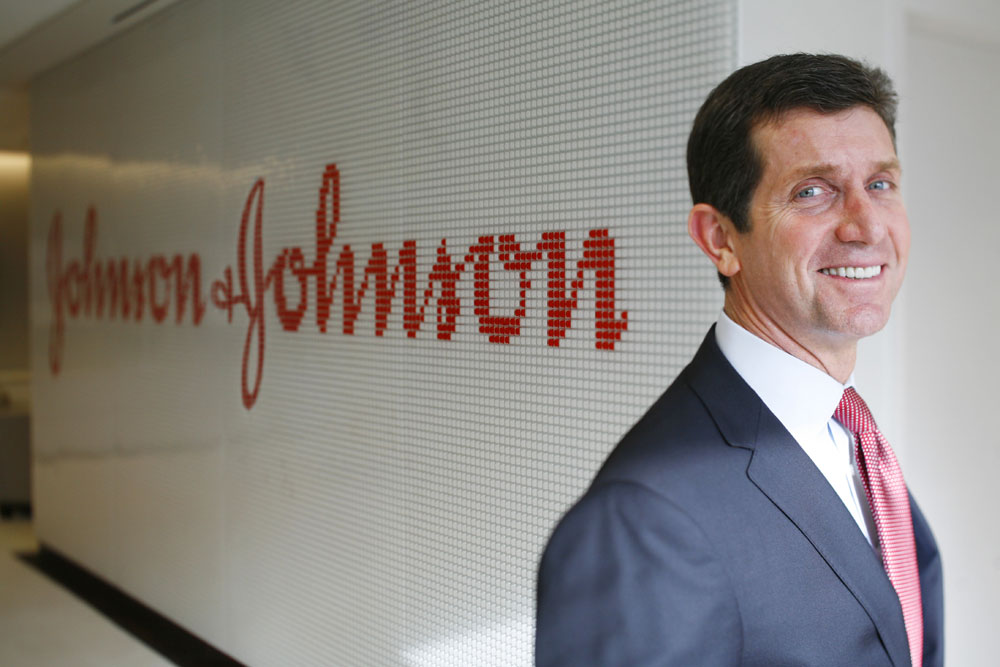ATLANTA, GA–(Marketwired – Aug 25, 2016) – Medovex Corp. (NASDAQ: MDVX), a developer of medical technology products, announced today that it has added orthopedic industry veteran Ron Lawson to its Board of Directors.
Ron Lawson’s 35 plus years of experience in the orthopedic industry include the role as Senior Vice President of Worldwide Sales and Customer Service for Pfizer’s Orthopedic Division, Howmedica (1996). In 1998, he became part of the Stryker Corporation with Stryker’s acquisition of Howmedica. At Stryker, he served as Senior Vice President of Sales, Marketing and Product Development. Mr. Lawson also played a critical and insightful role in the successful integration of the two companies. In 2000, he was asked to lead the revitalization of Stryker’s European business as President, EMEA. He shortly thereafter assumed the role of leadership for all of Stryker’s International distribution businesses and was promoted to Group President, International in 2001.
In 2005, Stryker assigned global responsibility of their orthopedic division to Mr. Lawson making him Group President for International and Global Orthopedics. He then focused on strengthening the Stryker Orthopedic business worldwide. Ron retired from Stryker at the end of 2007.
Ron Lawson is currently a member of the Lawson Group where he provides strategic consulting services specializing in orthopedic medical technology. He previously served as Chairman of the Board of IMDS, Corporation. He also served as a member of the Health Care Advisory Board of Arsenal Capital Partners. He presently serves as a Director of Plasmology 4, Corporation as well as a Director of DJO Global, a Blackstone company.
Jarrett Gorlin, Medovex Corporation Chief Executive Officer, stated, “Mr. Lawson is well regarded as one of the key leaders aided in the development of the orthopedic industry. With the progress of our flagship DenerveX™ Device and other opportunities currently under review, his addition to our team is highly strategic. We look forward to working with Ron and leveraging his relationships throughout the world. I’d also like to say a special thank you to outgoing board member Thomas Hills for all of his invaluable support over the last couple years.”
Ron Lawson added, “I am pleased to have the opportunity to serve on the Board of Medovex Corporation at a time I believe to be an inflection point for the Company. The company is now strategically positioned to offer great value to both surgeons and patients dealing with pain associated with the Facet Joint. I look forward to assisting management in identifying and vetting other potentially complementary additions to its portfolio of assets, as well as helping to further strengthen the Company’s relationships with surgeon opinion leaders around the world.”
The Company’s patented DenerveX System is currently in the final development stages. It is designed to provide longer lasting relief of pain associated with the facet joint. Lower back pain is the second most common cause of disability in the U.S. for adults. Studies indicate that 10% of the U.S. adult population suffers from lower back pain and 31% of those affected are attributed to facet joint pain.
The DenerveX System consists of the DenerveX device kit, a single use device, and the DenerveX Pro-40 Power Generator. The DenerveX system is designed to provide a minimally invasive treatment option which combines two actions into one device. The combined procedure is expected to provide a longer lasting solution and potential savings to the health care system.
DenerveX system is not yet CE marked or FDA cleared and is not yet commercially available.
About Medovex
Medovex was formed to acquire and develop a diversified portfolio of potentially ground breaking medical technology products. Criteria for selection include those products with potential for significant improvement in the quality of patient care combined with cost effectiveness. The Company’s first pipeline product, the DenerveX device, is intended to provide long lasting relief from pain associated with facet joint syndrome at significantly less cost than currently available options. To learn more about Medovex Corp., visit www.medovex.com
Safe Harbor Statement
Certain statements in this press release constitute “forward-looking statements” within the meaning of the federal securities laws. Words such as “may,” “might,” “will,” “should,” “believe,” “expect,” “anticipate,” “estimate,” “continue,” “predict,” “forecast,” “project,” “plan,” “intend” or similar expressions, or statements regarding intent, belief, or current expectations, are forward-looking statements. While the Company believes these forward-looking statements are reasonable, undue reliance should not be placed on any such forward-looking statements, which are based on information available to us on the date of this release. These forward looking statements are based upon current estimates and assumptions and are subject to various risks and uncertainties, including without limitation those set forth in the Company’s filings with the Securities and Exchange Commission (the “SEC”), not limited to Risk Factors relating to its patent business contained therein. Thus, actual results could be materially different. The Company expressly disclaims any obligation to update or alter statements whether as a result of new information, future events or otherwise, except as required by law.
CONTACT INFORMATION
